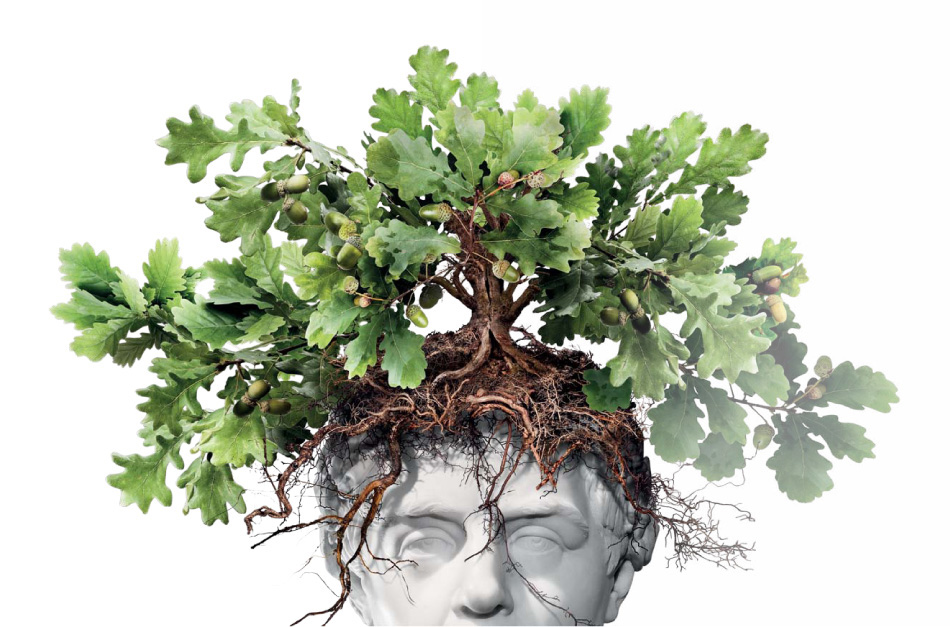 ©University of Helsinki
©University of Helsinki
Opinion
When Development
Drives Distinctiveness
by Joanna Motion - 21 August 2017
 ©University of Helsinki
©University of Helsinki
Opinion
When Development
Drives Distinctiveness
by Joanna Motion - 21 August 2017
Loads of reasons to look forward to the annual CASE Europe Annual Conference, coming up shortly in Birmingham: the people, the ideas, the buzz. But also this year, the book.
#CEAC17 sees the launch of The Challenge of Being Distinctive, which turns out, surprisingly enough, to be the first ever CASE book to come out of European experience and authorship. Hooray for its determined and persuasive editors, Susie Baker and Anna Myers.
Among the voices of impressive university leaders and thoughtful marketers captured in the book, my colleague Marc Whitmore and I have had the task of examining a complementary perspective. Our chapter, When Development Drives Distinctiveness, explores the energy and the focus that fundraising can bring to an institution’s sense of itself and its future direction. We have examples from Helsinki to Melbourne, via Paris, London and Oxford, to bring the argument to life. Wednesday 30 August is the big book launch day. Come along to the breakfast round table, or the 9.00am session to hear more. And then head for the CASE bookstand to take home a copy of the book!
Some of the message of our chapter is generic, to do with the power of education as a force for good, an attribute shared widely by CASE member institutions. As we ask, “in a world where refugees and homelessness and the scourge of cancer make urgent calls on our hearts and our purses, what can universities – and indeed colleges and schools and museums and galleries and health institutes – say to supporters about the value of what they do?” We all need a clear answer to that challenge.
Some of it is highly individual. It is fascinating to see how certain institutions with – on the face of it – goals that can seem pretty routine (raising funds for scholarships for disadvantaged students, for instance) succeed in riveting the attention of their supporters. While some, candidly, struggle. How do they do that exactly? What changes as a result? We analyse some illuminating case studies.
A powerful test, and tool for change, is to look at our schools and colleges and universities not from the inside out but from the outside in. To quote our chapter again, “many organisations fall into the trap of creating not so much a Case for Support as an institutional wedding gift list. The implication is that their friends should cross items off the list so that they can go on being who they are, only a bit better. New library, tick. Endowed professorship, tick…” But an effective Case for Support is transformative: it’s about values and vision, not just projects and prices. We hear this from donors all the time. As a recent interviewee in a feasibility study told us, “What is the vision the money is supporting? At the moment the Case just says ‘we’re really good, but quite poor, so give us money to defend the status quo…’”
Engaging actively with philanthropists imposes an invigorating discipline on institutions. The need to be convincing and accountable to donors who are committing large gifts to accelerate your aspirations is a powerful lens through which to focus your distinctiveness and your argument. The Challenge of Being Distinctive is timely. Suddenly, the narrative around UK Higher Education is frankly dismal: fees and fatcats, etc. These examples of institutional inspiration do much to raise the spirits and the sights.
Visit us at #CEAC17
Joanna is part of an eight-strong More delegation to #CEAC17 – come and say hello to the team on Stand No. 32 in the Exhibition Hall – and download the programme to find out where and when you can hear our Partners speak.